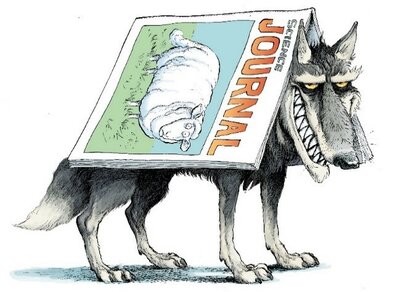
Predatory journals
Quality of academic journals is often a decisive factor when choosing a publication venue. Open Access journals are no exception. However, with the rise of Open Access publishing, some journals and publishers exploit the Article Process Charge business model under the image of Open Access journals, seeking for researchers’ money. While some journals can be easily identified as predatory, others cannot. It is important to be aware of such journals and certain tools can help researchers to avoid them.
Quality Open Access journals
There are several resources that can help researchers to assess the quality of Open Access journals.
Think Check Submit
initiative helps researchers identify trusted journals and publishers for their research by using checklists developed to test against a set of quality criteria. This tool can be used not only for Open Access journals but also for traditional subscription based journals.
Directory of Open Access Journals (DOAJ)
All journals in the Directory of Open Access Journals () exercise a form of peer-review or editorial quality control to guarantee the content. In 2014 launched the . Journals can apply for this seal using the It is clearly visible in the magazines if they have the S��.&�Բ�����;
Open Access Scholarly Publishers Association (OASPA)
Open Access publishers that are members of the (OASPA) commit themselves to a code of conduct that guarantees the quality of the published journals.